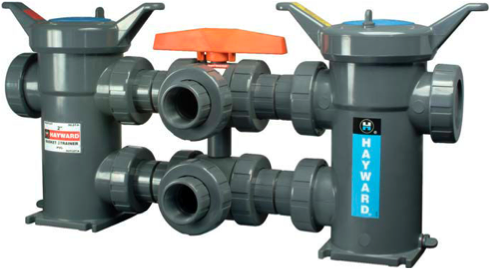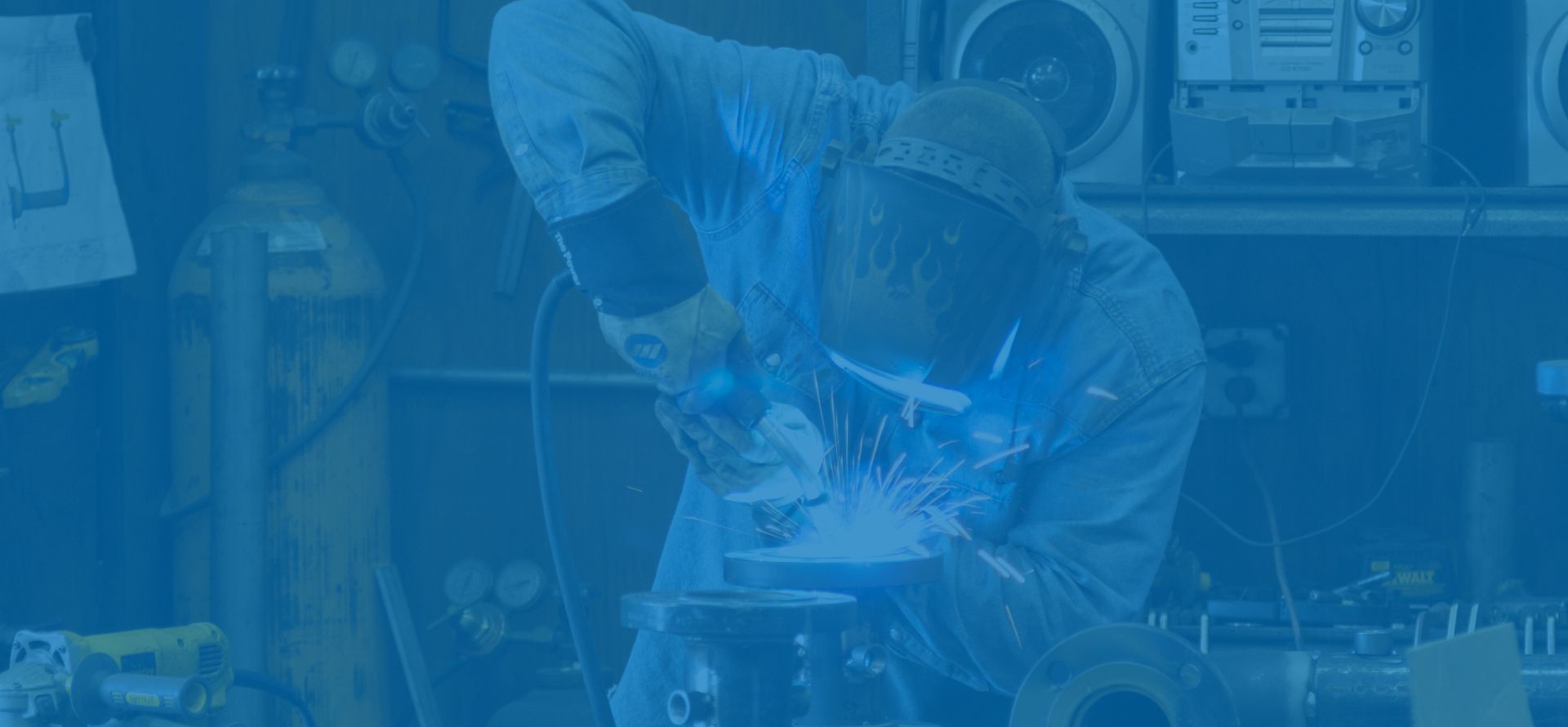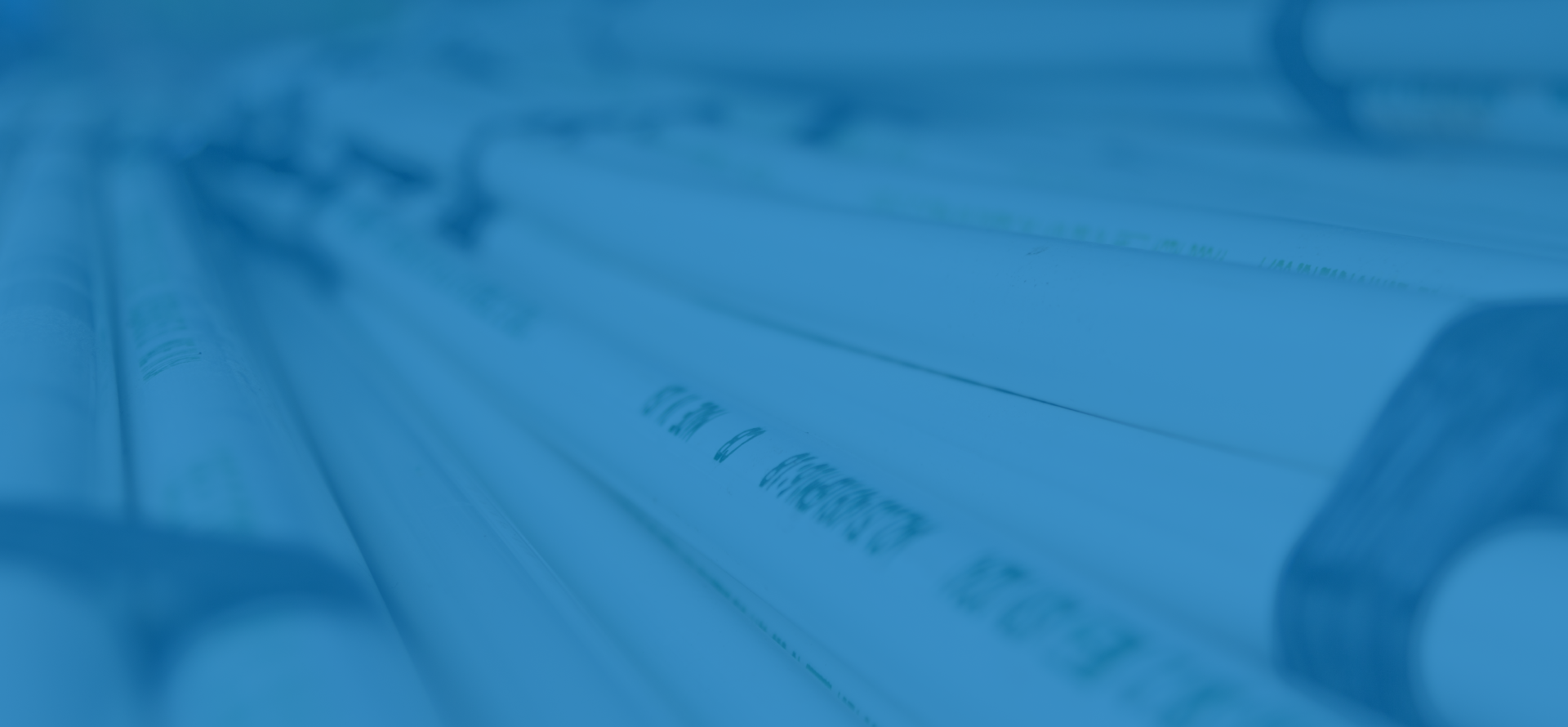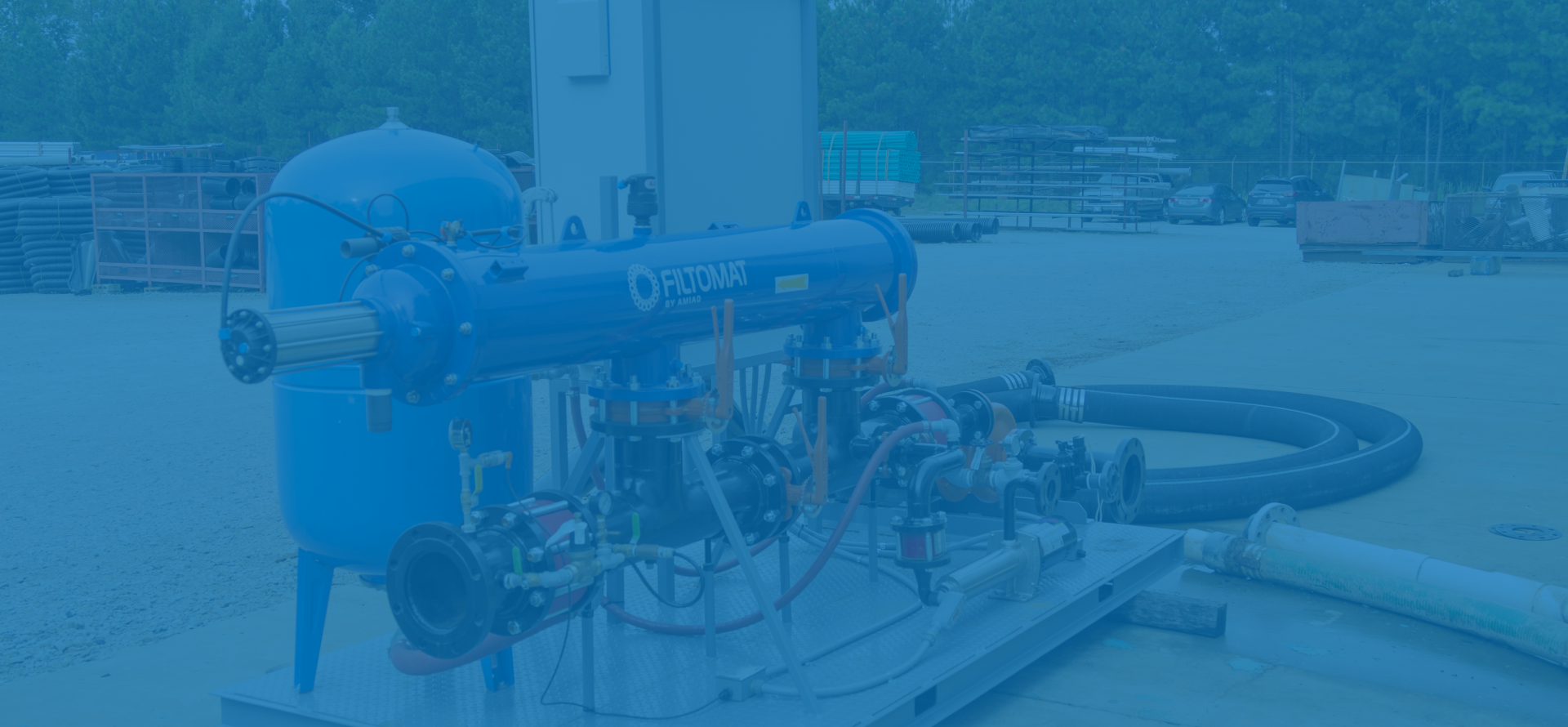Industrial strainers help keep industrial processes running smoothly.
Keeping debris from interfering with industrial processes and equipment is key issue for maintenance staff in many manufacturing plants. Industrial strainers can provide an economical and hassle free solution.
A frequently asked question is what type of strainer should I use? The general rule of thumb is, if you can see the particles with the naked eye, then you most likely can use a strainer. If you cannot see the particles then you need a filter. For the purposes of this blog we will only discuss strainers. The two most common types of industrial strainers are the wye strainer and the basket-type strainer. We will take a look at both types of industrial strainers and look at the advantages and disadvantages of both.
1. Wye Strainer: Wye strainers are very common and come in a variety of screen sizes and materials of construction. The finest recommended mesh size for most wye strainers is about 300 mesh. Many wye strainers do not have a mechanical seat allowing small particles can get around the screen. Wye strainers are less expensive than basket strainers and their small size allows them to be mounted in a variety of spaces and configurations.
2. Basket Strainer: Basket strainers are work horses and are well suited for fluids with a lot of debris. Basket strainers typically have a greater surface area than the same size wye strainer and they are easier to service and clean. Basket strainers need to be installed horizontally and typically take up more space than wye strainers. Basket strainers are available in simplex and duplex configurations. A simplex configuration is a single basket strainer installed inline and like a wye strainer, flow must be stopped before opening the housing to clean the screen. A duplex configuration has two basket strainers installed in parallel with fluid flow only going through one strainer at a time. The duplex configuration allows the operator to divert flow from one strainer to the other, thus allowing the screen to be cleaned without disrupting flow. While basket strainers cost more their ease of operation and ability to be service without stopping the process makes them worth the extra investment.
Regardless of the type of strainer you select, one thing to consider is the Cv Factor. The Cv Factor is the maximum flow through the strainer at 1 psi of pressure loss. Typically the higher the Cv rating on a strainer the better assuming you are comparing strainers with the same size mesh. The Cv Factor allows you to compare the different types of strainers as well as different manufacturers.
Visit the industrial strainer experts at W.P. Law, Inc. for more information.









